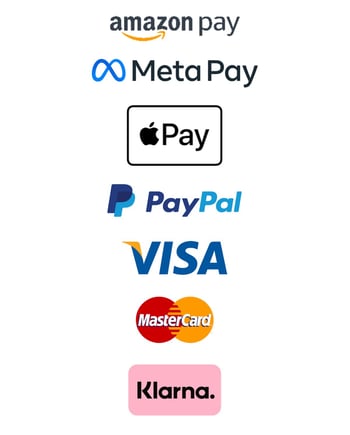
At the beginning, FinTech was often seen as the next great challenger of the established financial institutions. But in many cases they've merely specialized in specific areas of the value creation chain, where FinTech companies can often provide faster, more efficient, and/or cheaper services. Despite this, disruptive trends have begun to emerge on the horizon that are set to re-shape the dynamics of the financial industry. In this article, we'll discuss these software trends and how financial institutions should prepare themselves.
The finance sector has begun to undergo fragmentation, with embedded finance one such trend of this fragmentation. Diverse companies, from car manufacturers to retailers, seek to boost customer loyalty and lifetime value by offering banking-like services, so-called embedded banking. This is an unquestionably positive trend for customers–not only does purchasing become easier, they have a greater palette of services to choose from. This will likely lead to lower prices and better access to financial services. And for banks and financial institutions, this means that no longer is their competition limited to the bank next door, but rather countless online retailers and institutions both domestically and increasingly internationally.
One approach of the finance industry to this trend is that many institutions have stepped in to offer banking-as-a-service (BaaS) in partnerships with brands. However, for this to fully work, new capabilities are needed. BaaS requires a high degree of compliance and risk management, as it is usually implemented through APIs. The consumer's demand for fully integrated experiences will likely only increase the pressure on large players in retail to enter the financial services market. The first signs of this have already begun, with IKEA purchasing 49% of its financial services partner and American retail giant Walmart announcing a partnership with Ribbit.

But the examples of BaaS proliferating are numerous and will only continue to expand as more non-banking entities begin to offer financial services as part of their integrated experiences to meet growing customer demands. It is becoming increasingly common, for example, to be offered point-of-sale loans, even for smaller purchases. While there are companies such a Klarna whose business model consists of this, I personally have already experienced it on Amazon, where I was able to buy a pair of shorts with monthly installments at no additional cost to myself. Likewise retail locations are able to serve as bank branches by accepting deposits or doing withdrawals in-store, expanding the bank's reach and its customers' convenience.
And while banks don't want to get shut out of potential new source of customers, there is also the concern among financial institutions that distributing their products through partners threatens the relationship with their clients. But for BaaS to be successful, they need to first complete digital transformations; while many have, there is no shortage of banks still clinging onto their legacy systems. This is often because system migrations can be both expensive and risky. However, there are platforms that can help safeguard the migration.
Prof. Dr. Joachim Wuermeling, a member of the board of the German central bank (Mitglied des Vorstands, Bundesbank), warned of the risk of the fragmentation of the banking system to incumbent banks in his speech to executives at the Hasso Plattner Institute. Emblematic of Wuermeling's warning, Uber offers new drivers and couriers a debit account upon enrollment. With this debit card, drivers can cash out their earnings immediately and earn rewards at some merchants. The traditional bank can thereby be excluded and the drivers remain within Uber's ecosystem.

Another example of software innovation encroaching on some of the typical functions of a financial institution is Starbucks. Although Starbucks is technically not a bank, through its loyalty program the coffee chain allows customers to deposit cash and pay for their drinks. While this may sound trivial at first, it has amassed billions of dollars of deposits. If Starbucks were a bank, it would be bigger than thousands of American banks. This all essentially amounts to an interest-free loan for Starbucks while also promoting brand-loyalty among its customers and allowing the company to collect data. Intelligent banks could partner with other large chains to offer similar services. You can watch more about Starbucks' innovative program in a video from the Wall Street Journal below.
While it may be a bit early to predict exactly how these innovations will shape the new dynamics of financial services, it will certainly become even more important that banks and financial institutions have highly efficient software factories to keep apace with the rapidly changing environment and IT security threats. For this, software process mining is a necessary ingredient. Software process mining uncovers hidden inefficiencies, slowing down and sometimes endangering projects. Through this newfound transparency, companies are able to streamline their software production and maintain better strategic control of their IT. Companies that meaningfully invest in their software organizations now, will be well situated in the future to take advantage of whatever opportunities present themselves.
BONUS: You now have unlimited access to speeches from top software executives within the Finance & Insurance industries. To watch them, follow this link.
August-Bebel-Str. 26-53
14482 Potsdam, Germany
hello@seerene.com
+49 (0) 331 706 234 0
Generative AI Seerene GmbH
August-Bebel-Str. 26-53
14482 Potsdam, Germany
hello@seerene.com
+49 331 7062340